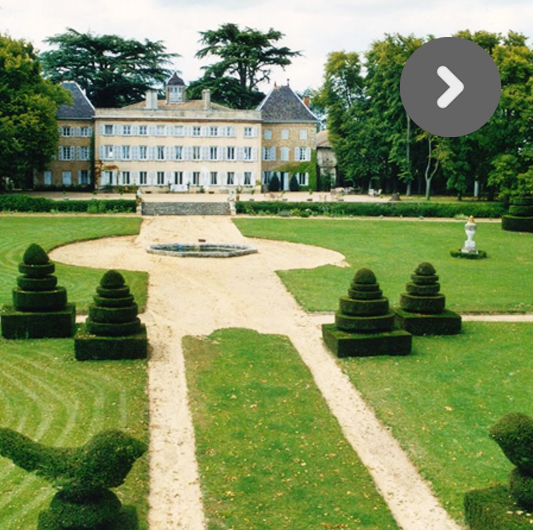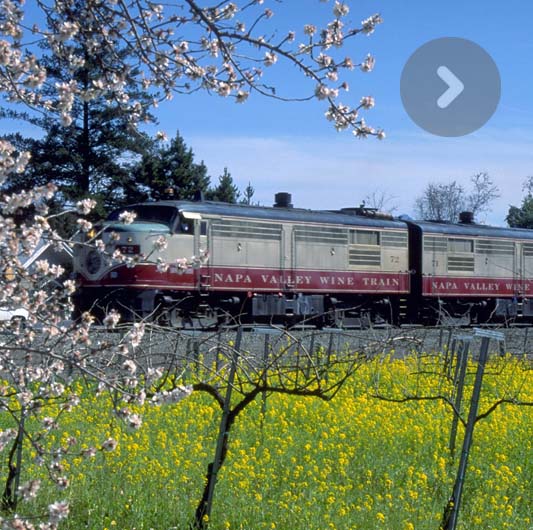





Land and History
SAVOIE
The Vineyards of the Allobrogie
The Allobrogie region is named after the Gaulish Allobroge tribe who once inhabited the land. The Romans knew Savoie well, and liked what Pliny the Elder called the “resiny” flavor of the regional wine. Wine is made in the style of the Greeks, fragrant and aromatic.
During the Middle Ages the vineyards were tended to by the monks. Under control of the church, the quality of the wine improved and also yielded higher quantities. Eventually, Lords and Dukes of the Savoie domain began to regularly serve the wine with meals.
Tillage and Pasture
Farmers used to harvest very small plots of land in this mountainous region. Upon gaining recognition by the AOC in 1973, however, today the vineyard stretches over 1800 hectares and 48 municipalities in Savoie Mont Blanc.
Wine and Water
The idyllic vineyards of Savoie Mont Blanc border Lake Geneva and Bourget and are surrounded by the beautiful waterfront towns of Evian, Thonon-les-Bains and Aix-les-Bains.
The vineyard is a mosaic of varying soil types, resulting in twenty different wine “crus.” The four appellations that comprise the region are AOP Seyssel, Crépy, Roussette de Savoie and Vin de Savoie.
The Land of White Snow and White Wine
Mondeuse and altesse are the two emblematic grapes of Savoie, in addition to 23 other varieties produced in this region. The majority of the wine produced in Savoie is white (two thirds to be exact). The Jacquère grape, often referred to as the “plant Abymes,” is characterized for its minerality and liveliness. Altesse has a markedly different aroma of vanilla and white flower, while the expressive red grapes, Gamay, Mondeuse, and Pinot Noir, provide a rich spiciness. Chignin-Bergeron wines are exclusively made from Roussane grape, which some locals refer to as the Bergeron variety, hence the name.
BUGEY
Royal Vineyards
The vineyards in the Bugey region were founded during the 1st century BC by the Romans. The vines were subsequently destroyed under orders from the Emperor Domitian, who saw the region as a direct threat to Italian wine production. The vineyard was later reestablished during the Middle Ages by the Church and remained under their control until XVIII. Eventually, after the Revolution, the Bugey vineyards became property of bourgeoisie businessmen who were trying to develop wine commerce.
Bon Vin
In 1956 the syndicat was established, imposing strict regulations that mandated production of « bon vin ». The AOC Bugey designation was officially enacted in 2009 and now the 500 hectares of vineyards are divided into three production areas: Belley, which extends from the foothills of the Massif du Colombier to the shore of the Rhone, the Montagnieu, a steep found on the right bank of the Rhône, and the Cerdon, where vineyards are South Faing and planted on high, sunny slopes.
Almighty Grapes
The gentle slopes the Bugey vineyard is planted a varied terroir with limestone, scree, clay and gravel. The land dates back to the ice age and offers an assortment of different wine varieties. White, red, rosé and sparkling wines are all produced using the Ancestral Method. Mondeuse, Gamay and Pinot Noir are the main red varieties used. Chardonnay is the main white variety, in addition to Altesse, Jacquière and Aligoté, which are found in smaller quantities. www.vinsdubugey.net www.vinsdubugey.com











